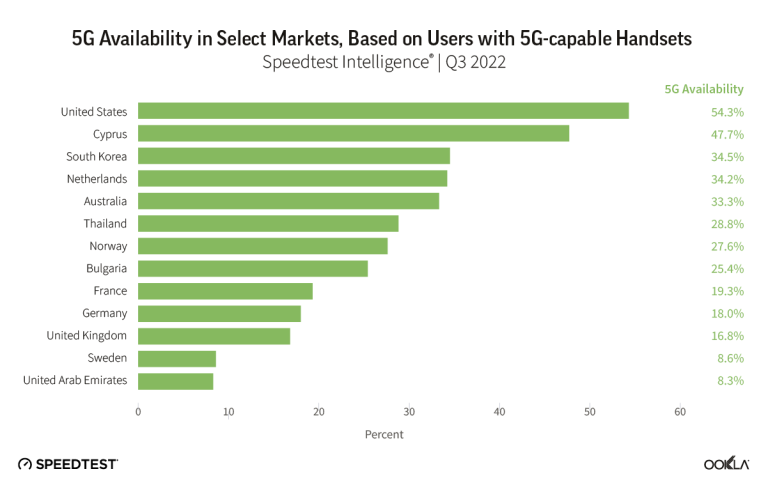X2 Interface Overview: Key Insights into its Functionality
telcomatraining.com – The X2 Interface represents a cutting-edge development in user-centric design and advanced functionality, redefining how users interact with complex systems. By integrating intuitive navigation, robust security protocols, and seamless compatibility with various platforms, this interface delivers an unparalleled experience. This article delves into its core features, unique advantages, and practical applications, offering a comprehensive understanding of its potential.
1. Streamlined User Navigation
One of the most remarkable features of the X2 Interface is its user-friendly design. It employs a logical layout that reduces the learning curve for new users while enhancing efficiency for seasoned professionals. Key navigation elements, such as dynamic menus and contextual tooltips, guide users effortlessly through the interface.
Moreover, adaptive customization allows users to tailor the interface to their preferences. Whether it’s rearranging dashboards, creating shortcuts, or applying personalized themes, the X2 Interface ensures that every interaction is intuitive and efficient.
2. Advanced Functionality and Versatility
The X2 Interface stands out for its extensive functionality, which caters to a wide range of industries and use cases. From data analytics to content management, the interface integrates seamlessly with diverse tools and systems.
Its modular design is another highlight, enabling organizations to scale and adapt the interface to meet evolving needs. Modules can be added or updated without disrupting the overall system, ensuring uninterrupted operations. For example, industries like healthcare can leverage specialized modules for patient data management, while e-commerce businesses can focus on inventory and customer analytics.
3. Enhanced Security Features
Security is a cornerstone of the X2 Interface, ensuring that sensitive information remains protected. Multi-layered authentication mechanisms, such as biometric verification and two-factor authentication (2FA), safeguard user access.
Additionally, the interface incorporates real-time threat detection and automated response protocols. This proactive approach minimizes vulnerabilities and protects against cyber threats, such as unauthorized access and data breaches. Users and organizations can operate confidently, knowing their information is secure.
4. Compatibility and Integration
The X2 Interface is designed with interoperability in mind, supporting seamless integration with third-party applications and systems. Its open API framework allows developers to build custom plugins and extend functionality.
Cross-platform compatibility ensures that users can access the interface on desktops, tablets, and smartphones without sacrificing performance. This flexibility is crucial for modern workflows, where mobility and remote access are essential. Whether you’re working in the office or on the go, the X2 Interface adapts to your needs.
5. Real-Time Collaboration Tools
Collaboration is a central feature of the X2 Interface, fostering teamwork and efficient communication. Built-in tools, such as shared workspaces, live chat, and version control, enable users to collaborate on projects in real-time.
For teams spread across different time zones, the interface offers asynchronous collaboration options. Updates, comments, and progress tracking ensure that every team member stays informed and aligned. These features streamline workflows and enhance productivity.
6. Custom Reporting and Analytics
Understanding data is crucial for making informed decisions, and the X2 Interface excels in this area. Its advanced analytics engine provides users with actionable insights through customizable reports and visual dashboards.
Users can track key performance indicators (KPIs), identify trends, and generate forecasts with ease. The drag-and-drop report builder allows even non-technical users to create comprehensive reports, empowering decision-makers across all levels of an organization.
7. Scalability for Growing Needs
As businesses grow, their operational demands evolve. The X2 Interface is built to scale, accommodating increased workloads, users, and data volumes without compromising performance.
Cloud-based architecture plays a pivotal role in this scalability, providing flexibility and reducing infrastructure costs. Organizations can expand their usage of the interface as needed, making it a future-proof investment.
8. AI-Powered Assistance
A standout feature of the X2 Interface is its integration of artificial intelligence (AI). From intelligent task automation to predictive insights, AI enhances user efficiency and decision-making.
For instance, AI-powered chatbots provide instant support, answering user queries and resolving issues in real-time. Predictive analytics tools, meanwhile, help users anticipate trends and make proactive decisions, giving organizations a competitive edge.
9. Practical Applications Across Industries
The versatility of the X2 Interface makes it a valuable asset across various sectors.
- Healthcare: Streamlines patient records, scheduling, and telemedicine services.
- Finance: Enhances data security, regulatory compliance, and real-time transaction monitoring.
- Education: Facilitates online learning, student management, and resource allocation.
- Retail: Optimizes inventory, sales tracking, and customer engagement.
10. Conclusion
The X2 Interface is more than just a tool; it’s a transformative platform that empowers users and organizations alike. With its intuitive navigation, robust functionality, and advanced security, it sets a new standard for interface design.
Whether you’re a business leader seeking operational efficiency or a developer exploring customizable solutions, the X2 Interface offers a reliable and scalable option. Embrace the future of interface technology with X2, where innovation meets practicality.







